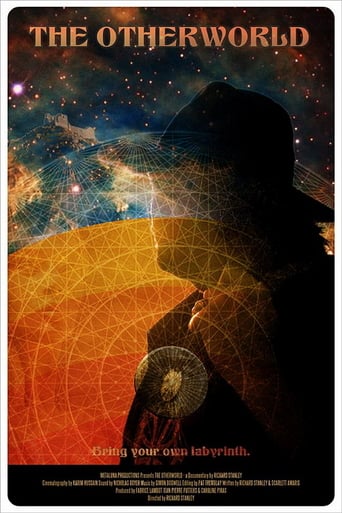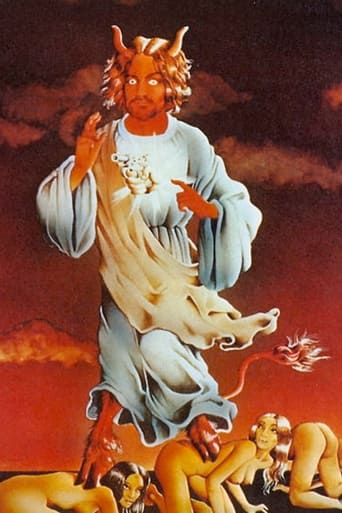Sam Panico
Stanley, a South African director and screenwriter, first came to my attention thanks to the controversy of 1996's The Island of Dr. Moreau (which was well documented in 2014's Lost Soul: The Doomed Journey of Richard Stanley's Island of Dr. Moreau). Long story short (and I recommend that you watch the film and read more about this, as it is amazing), Stanley spent four years developing the film only to have New Line continually fight his vision at every turn. I look at Stanley as a true artist, someone who was unwilling to deal with the mainstream Hollywood of today of meetings and focus groups and numbers versus casting flickering images of truthsaying onto modern cave walls. Most amazingly, after being released from the film that he had brought to life, Stanley would sneak onto the set of the troubled production dressed as one of the dog-human hybrids that Moreau had created. He had become fiction so that he could witness a real-life disaster first hand. Much like how the magician dreams of lead becoming gold, the true story became just as unreal as the tale that they were filming.The Otherworld is an attempt by Stanley to explain the place where he lives — the French Pyrenees — and a moment in his life that even his art has not allowed him to fully translate to reality. This area is known as "The Zone," a place of occult lore, thanks to ley lines, UFO sightings, and Rennes-le-Château, a church rebuilt by 19th-century priest Father Bérenger Saunière. The strange tales of his wealth and secrets — some of them celebrated in a 1948 article and others used by a local merchant to build tourist interest in the area — led to 1982's book The Holy Blood and the Holy Grail, which postulated that Saunière had the true Holy Grail — proof that Jesus Christ had survived the Crucifixion, married Mary Magdalene and had children — and used that to build his wealth. Other claims were that he had the actual body of Christ's wife or a gateway to another dimension. Again — I could spend an entire website explaining more about Rennes-le- Château, particularly the insanity that the authors of The Holy Blood and the Holy Grail lost their plagiarism suit against Dan Brown, whose book The Da Vinci Code popularized these legends.This area was also home to the Cathars, who the film postulates frightened the Christians that came here, as they placed women in positions of power, and the Knights Templar, mystical Christian knights that were burned at the stake for blasphemy (or political and economic regions). Any genre fan will tell you that the Knights inspired The Blind Dead films. Again, I urge you to study more and learn of their complicated history.Stanley meets magicians, sorcerers, tour guides and normal folks who have all been impacted by the place he calls home, never commenting on just how good of a grasp on reality his subjects have. At the heart of the film are two incidents where Stanley himself met a female presence, told through his actual words (and those of his wife). The recounting of their second meeting are incredibly interesting, as Stanley almost breaks down in tears describing what happened.






